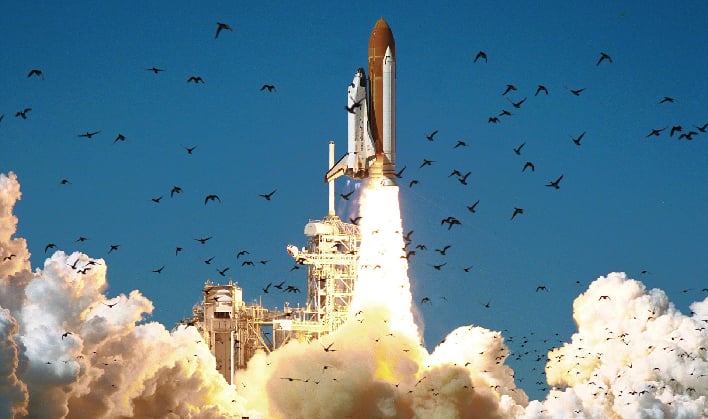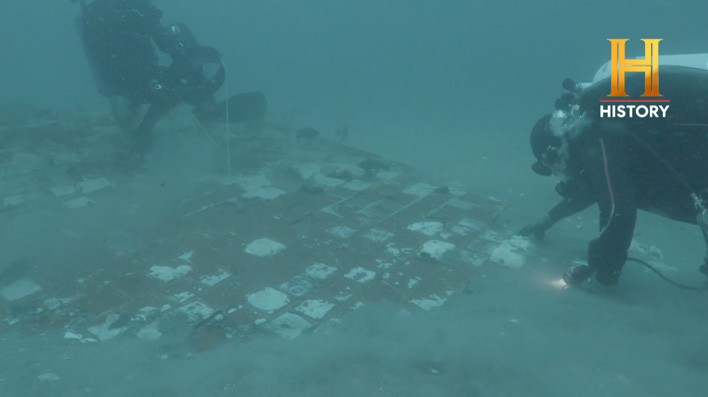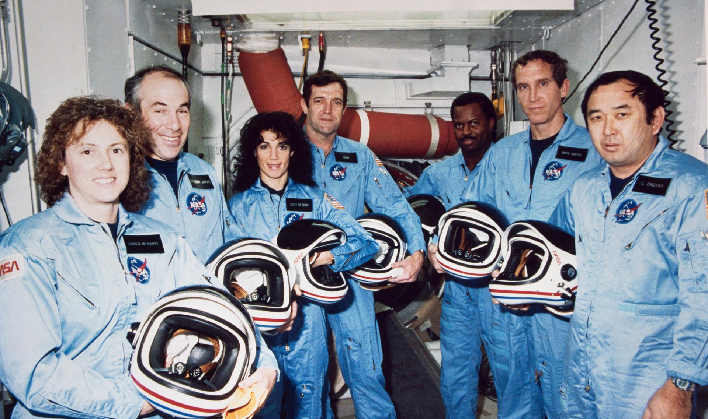Bermuda Triangle Hid An Artifact From NASA's Tragic Challenger Space Shuttle For 36 Years

Millions of people around the world watched as the space shuttle Challenger lifted off from the Kennedy Space Center in Florida on January 28, 1986. The mission was a special one, as teacher Christa McAuliffe was aboard as part of the NASA Teacher in Space Project. As the shuttle jettisoned upward toward space, a major malfunction occurred 73 seconds after liftoff. All those watching observed in horror as the explosion scattered the remnants of the shuttle throughout the sky. Now, a TV crew has found a piece of the iconic shuttle on the seafloor off the coast of Florida, less than a week ahead of the rescheduled launch of Artemis I.

"While it has been nearly 37 years since seven daring and brave explorers lost their lives aboard Challenger, this tragedy will forever be seared in the collective memory of our country. For millions around the globe, myself included, Jan. 28, 1986, still feels like yesterday," reminisced NASA's Administrator Bill Nelson. "This discovery gives us an opportunity to pause once again, to uplift the legacies of the seven pioneers we lost, and to reflect on how this tragedy changed us. At NASA, the core value of safety is - and must forever remain - our top priority, especially as our missions explore more of the cosmos than ever before."

Challenger was the agency's 25th shuttle mission. The shuttle was left on the launch pad overnight, as a cold front brought freezing temperatures to the area. The frigid temperatures caused ice to form on the shuttle, and despite concerns raised by some shuttle program employees, the fateful decision to go through with the launch was made.
NASA later created the Office of Safety and Mission Assurance, following the Challenger and later Columbia incident in 2003, in order to develop new risk assessment procedures, and establish a more safety-minded environment.
"Challenger and her crew live on in the hearts and memories of both NASA and the nation," remarked Kennedy Space Center Director Janet Petro. "Today, as we turn our sights again toward the Moon and Mars, we see that the same love of exploration that drove the Challenger crew is still inspiring the astronauts of today's Artemis generation, calling them to build on the legacy of knowledge and discovery for the benefit of all humanity."

